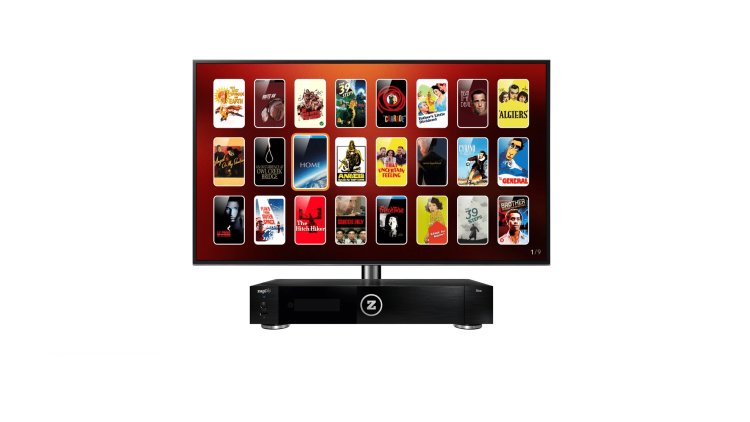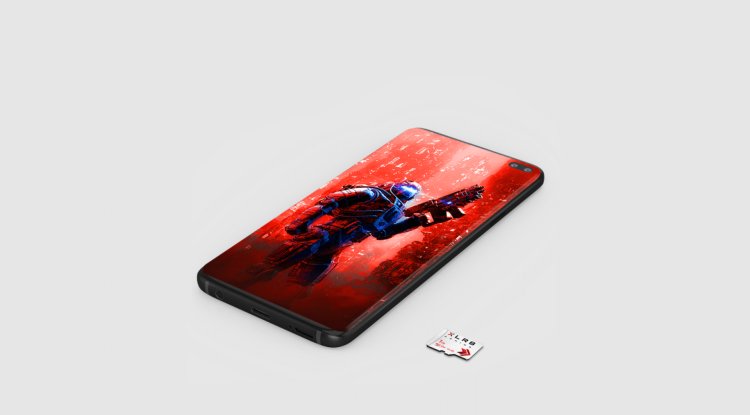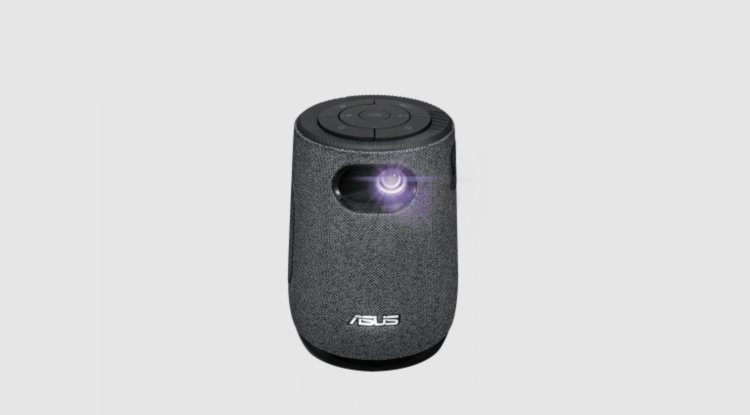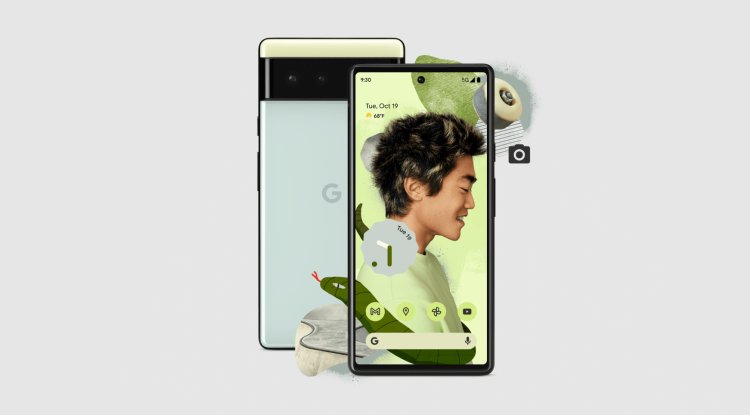Zappiti Neo: Universal multimedia machine

The French brand Zappiti's manufacturing program centers around the image - it is a manufacturer of multimedia centers with video film (and, in higher models, partly audio film) objectives. A new offering, focusing on the latest standards like as Dolby Vision, introduces a model with the distinct designation Neo.
Appearance and construction
At first sight, Neo is definitely a Zappiti product - a wheel with a large Z in the center of the front panel, a small, yet easy-to-read display, and an overall minimalist design are all distinguishing qualities.
A 3.5-inch hard drive bay with SATA connectivity is also hidden behind the hinged clean front panel. This is probably a minor anachronism in a day of streaming and instantly available NAS, but there are certainly occasions where it will be quite useful.
On the conventional component size chassis (width 43 cm, height 8 cm, and depth 28.5 cm), the rear panel provides enough connectivity. There are three antennas on top, two for a fixed Wi-Fi connection and one for a Bluetooth interface. An Ethernet connector is, of course, an option.
The two HDMI outputs are the most crucial, with one standard with video and audio and the other just with audio components. It can also be output through coaxial or optical digital output, as well as one set of analog cinches. In addition to these ports, composite video output is provided for compatibility with older systems.
HDMI input is unquestionably useful. There are also plenty of USB ports - regular 2.0, 3.1, and type C - so you can connect almost anything. The 3.5 mm jack, which features an external sensor for remote control signals, is unquestionably beneficial.
Surprisingly, this is to remove the power supply from the device's chassis. The component only has a round 12 V DC input, which has the advantage of a lower level of interference inside or a lower weight (3.9 kg) but has the problem of requiring a "cube" of the power supply to be placed someplace behind the cabinet.
The technical platform is critical to the survival of Zappiti Neo; it is built on the Realtek RTD1619DR chipset, which works in tandem with the ARM Cortex-A55 six-core processor and the ARM Mali-G51 graphics processor. The strong DSP supports video and audio, with 10-bit native YUV compatibility and hardware optimization for Zappiti's quick reaction.
The operating system is based on Linux platforms (for Zappiti's own system, which allows for efficient file management in addition to automated library generation) and may be Android 9. The internal memory of 4 GB and NAN eMMC data storage of 32 GB support response speed.
What Neo supports in terms of audio and video codecs and resolution would take at least one page to list - it can be summed up basically, except for the fact that 8K resolution is everything. Everything works, whether you're using HEVC, H.265 or Dolby Vision, or HDR10 +. The image can then be converted from HDR to SDR and optimized as needed.
The same may be said for audio; Neo can be used as a digital transport for DSD or PCM up to 24 bits. MQA is also accepted.
Many people will be interested in the ability to play ISO files, including images with menus, so if you want to utilize your (legally!) Saved DVD or Blu-ray image to be indistinguishable from when you physically insert a disc into a player, Zappiti Neo can do it.
The Real Cinema mode is a useful feature for cinematographers since it differentiates and sticks to the image's frame rate, either "commercial" 23,976 frames per second or "cinema" 24 frames per second.

The Zappiti user interface (which is based on Linux) merits special notes. It's quick, reasonable, and perhaps the movie cover is just gorgeous. It's really simple to read what edition of the film it is, what the resolution is, what the source is, and it's also nice to show the series and what part you have to watch next.
The colors are vibrant, and the image processing is superb. When compared to the once-excellent OPPO UDP-205, the Neo just outperforms it. Despite employing the same processor as the earlier Zidoo Z9X, the output of the Zappiti variant appeared sharper in a direct comparison.
There is nothing to be done about the image. When transmitting via HDMI or other digital means, the difference in sound between the Zappiti Neo and the Zidoo Z9X was very minimal, if not nonexistent. The existence of analog outputs may be an advantage of the Neo model.
The products of the French brand Zappiti belong to the premium segment of multimedia centers; for a more affordable price, the Neo model offers a full-format design, the option of using internal storage, and especially pleasantly fast response, whether we're talking about a well-optimized operating system or browsing network content sources.
Technical parameters:
- Digital input USB-A, USB-C, HDMI
- HDMI digital output , Coaxial RCA, Optical
- RCA (Line) analog output
- Wi-Fi, Ethernet network connection
- Local streaming network storage (UPnP, DLNA)
- Supported audio formats FLAC, WAV, ALAC, AIFF, MP3, AAC, MQA, OGG VORBIS, LC-AAC, HE-AAC, APE, DFF, DSF, CUE, ISO
- Internal memory (GB) 4
- Storage capacity 32 GB internal, with disks up to 20 TB
- Dimensions (mm) 43 x 8 x 28.5
- Weight (kg) 3.9





























